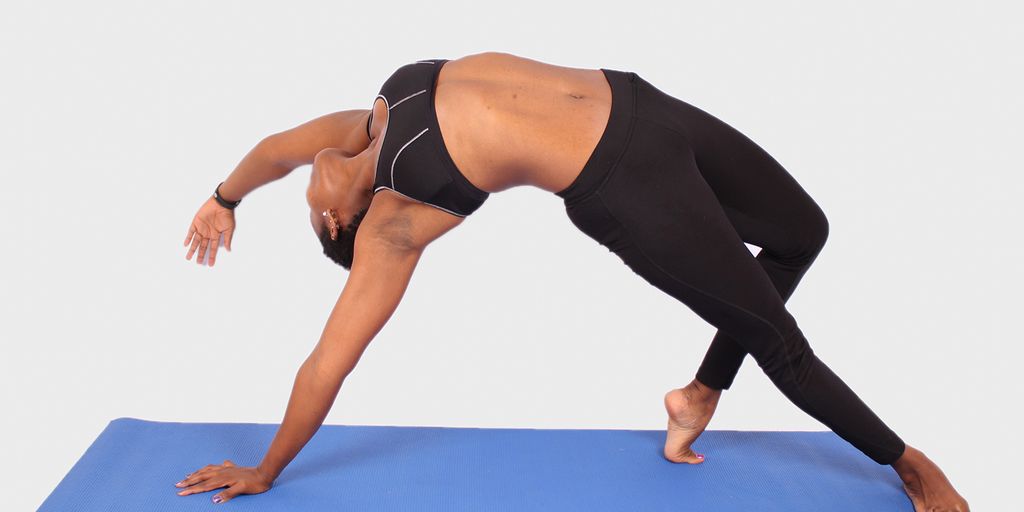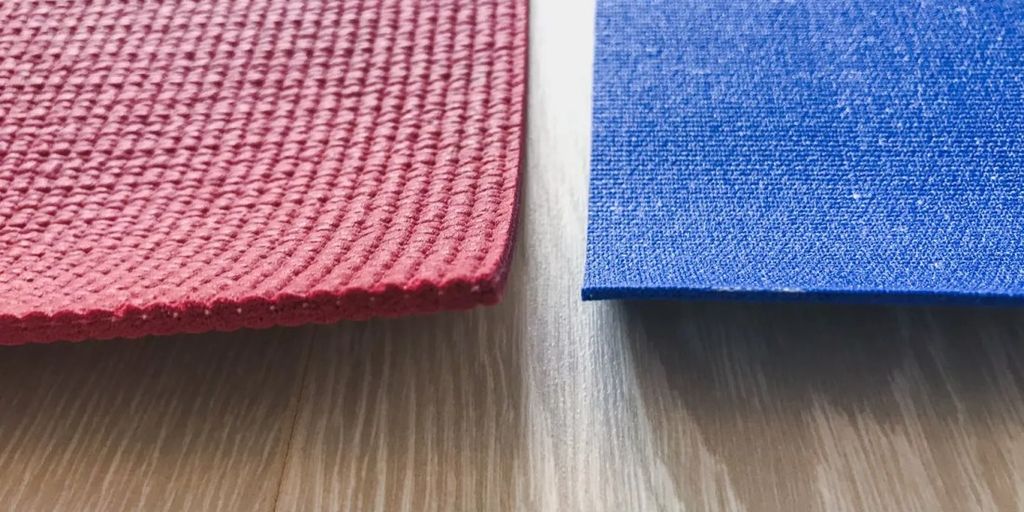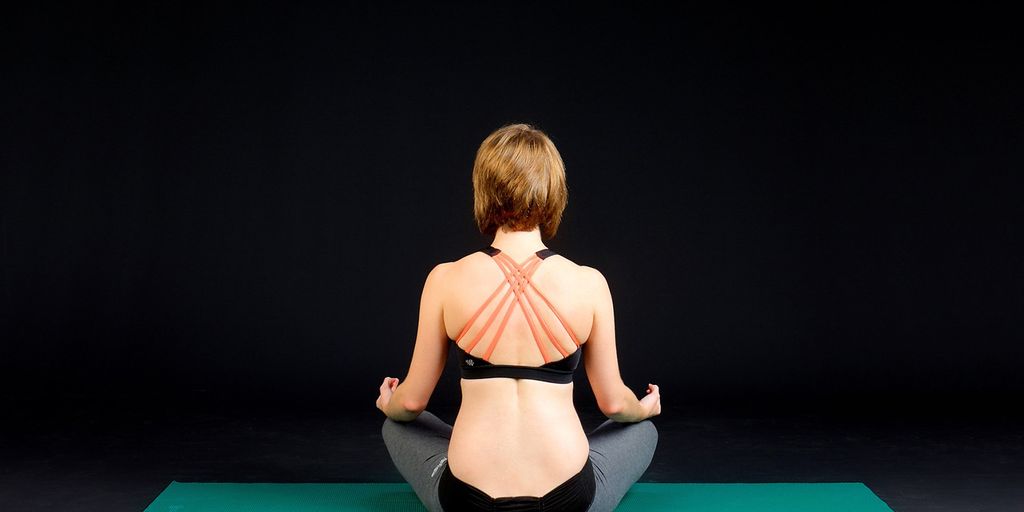
Step-by-Step Guide: How to Wash a Yoga Mat Properly
Keeping your yoga mat clean is essential for both your health and the longevity of the mat. A well-maintained mat can enhance your performance and make your practice more enjoyable. This step-by-step guide will walk you through everything you need to know to wash your yoga mat properly, from the materials you'll need to the cleaning process itself. Whether you're a seasoned yogi or a beginner, these tips will help you maintain a clean and hygienic mat.
Key Takeaways
- Regular cleaning of your yoga mat is crucial for maintaining hygiene and preventing bacterial growth.
- Using the right cleaning solutions and tools can extend the life of your yoga mat.
- Pre-cleaning preparations, such as inspecting the mat and setting up a cleaning area, are essential for effective cleaning.
- Avoid common mistakes like using harsh chemicals and skipping the drying process to keep your mat in good condition.
- Eco-friendly cleaning options are available that are both effective and sustainable.
Why It's Important to Wash Your Yoga Mat
Regularly washing your yoga mat is crucial for several reasons. Regularly washing your yoga mat prevents bacteria buildup, maintains longevity, and enhances practice.
Health Benefits
A clean yoga mat helps in preventing the buildup of bacteria and germs, which can cause skin infections and other health issues. By keeping your mat clean, you ensure a healthier practice environment.
Longevity of the Mat
Proper cleaning and maintenance can significantly extend the life of your yoga mat. Dirt and sweat can degrade the material over time, so regular cleaning helps in preserving its quality and durability.
Enhanced Performance
A clean mat provides better grip and stability, which can enhance your overall performance during practice. A dirty mat can become slippery and affect your poses and balance.
Keeping your yoga mat clean is not just about hygiene; it's also about getting the most out of your practice and investment.
Materials You Will Need
Cleaning Solutions
To wash your yoga mat properly, you'll need the right cleaning solutions. Opt for gentle, non-toxic cleaners that won't damage the mat's material. You can use specialized yoga mat cleaners or make your own using natural ingredients like vinegar and essential oils.
Tools and Accessories
Having the right tools and accessories can make the cleaning process more efficient. Here are some essentials:
- Soft cloths or sponges
- Spray bottle
- Bucket
- Soft-bristled brush
Optional Add-ons
For those who want to go the extra mile, consider these optional add-ons:
- Essential oils for a pleasant scent
- Mat disinfectant spray
- Microfiber towels for quick drying
Investing in the right materials not only makes the cleaning process easier but also ensures your yoga mat remains in top condition for longer.
Pre-Cleaning Preparations
Inspecting the Mat
Before you start cleaning, it's crucial to inspect your yoga mat for any visible damage or wear and tear. Look for areas that might need special attention, such as stains or frayed edges. This will help you determine the best cleaning approach.
Choosing the Right Cleaning Solution
Selecting the appropriate cleaning solution is essential for maintaining the quality of your yoga mat. Opt for gentle, natural cleaners that won't harm the material. Avoid using harsh chemicals that can degrade the mat over time.
Setting Up Your Cleaning Area
Prepare a clean, flat surface where you can lay out your mat. Ensure you have all your cleaning supplies within reach. This will make the cleaning process more efficient and effective.
Taking the time to set up your cleaning area properly can make a significant difference in how well you clean and maintain your yoga mat.
Step-by-Step Cleaning Process
Surface Cleaning
Start by laying your yoga mat flat on a clean surface. Use a damp cloth or a gentle cleaning wipe to remove any visible dirt or sweat. Avoid using harsh chemicals that can damage the mat's material. For a quick clean, a mixture of water and mild soap can be effective.
Deep Cleaning
For a more thorough clean, fill a tub with lukewarm water and add a few drops of mild detergent. Submerge the mat and let it soak for a few minutes. Then, gently scrub the surface with a soft brush. Rinse thoroughly to remove any soap residue. Ensure the mat is completely rinsed to avoid any slippery residue during your next practice.
Drying the Mat
After cleaning, it's crucial to dry your mat properly. Lay it flat on a clean towel and roll them up together to squeeze out excess water. Unroll and hang the mat to air dry, avoiding direct sunlight which can cause the material to degrade. Skipping the drying process can lead to mold and unpleasant odors.
Proper drying is essential to maintain the mat's longevity and hygiene.
Tips for Maintaining a Clean Yoga Mat
Regular Cleaning Schedule
Establishing a regular cleaning schedule is crucial for maintaining the hygiene of your yoga mat. Aim to clean your mat after every use to prevent the buildup of sweat and bacteria. A quick wipe-down with a mild cleaning solution can go a long way.
Proper Storage
Proper storage of your yoga mat can significantly extend its lifespan. Always store your mat in a cool, dry place away from direct sunlight. Rolling it up loosely can help maintain its shape and prevent creases.
Quick Cleaning Hacks
For those times when you're in a rush, quick cleaning hacks can be a lifesaver. Use a spray bottle filled with a mixture of water and a few drops of essential oil for a refreshing and quick clean. Alternatively, yoga mat wipes are a convenient option for on-the-go cleaning.
Maintaining a clean yoga mat not only enhances your practice but also ensures a healthier and more enjoyable experience.
Common Mistakes to Avoid
When it comes to the title: how to clean and maintain your yoga mat the right way. pathname: /blogs/yoga-blog/how-to-clean-and-maintain-your-yoga-mat-the-right-way. essential steps for cleaning and maintaining a yoga mat to ensure hygiene and longevity., there are several common mistakes that can compromise both the cleanliness and longevity of your mat. Avoiding these pitfalls will help you maintain a hygienic and durable yoga mat.
Using Harsh Chemicals
Using harsh chemicals can damage the material of your yoga mat. Opt for gentle, natural cleaning solutions to preserve the mat's integrity.
Skipping the Drying Process
Skipping the drying process can lead to mold and mildew growth. Always ensure your mat is completely dry before rolling it up for storage.
Ignoring Manufacturer Guidelines
Ignoring manufacturer guidelines can void warranties and damage your mat. Always follow the care instructions provided by the manufacturer to keep your mat in top condition.
Regular maintenance and proper cleaning techniques are essential for a long-lasting yoga mat. Avoid these common mistakes to ensure your mat remains in excellent condition for years to come.
Eco-Friendly Cleaning Options
Natural Cleaning Solutions
Using natural cleaning solutions is a great way to keep your yoga mat clean without harming the environment. Opt for solutions that are free from harsh chemicals and are biodegradable. Ingredients like vinegar, baking soda, and essential oils can be very effective.
DIY Cleaning Recipes
Creating your own cleaning solutions at home can be both cost-effective and eco-friendly. Here are a few simple recipes:
- Vinegar and Water Solution: Mix equal parts of water and white vinegar. Add a few drops of tea tree oil for its antibacterial properties.
- Baking Soda Scrub: Combine baking soda with a small amount of water to form a paste. Use this for scrubbing stubborn stains.
- Lemon Juice Cleaner: Mix lemon juice with water for a fresh-smelling, natural cleaner.
Sustainable Practices
Adopting sustainable practices can extend the life of your yoga mat and reduce your environmental footprint. Here are some tips:
- Regular Maintenance: Clean your mat regularly to prevent buildup of dirt and grime.
- Air Drying: Always air dry your mat instead of using a dryer to save energy.
- Eco-Friendly Storage: Store your mat in a cool, dry place to maintain its longevity.
By choosing eco-friendly cleaning options, you not only take care of your yoga mat but also contribute to a healthier planet.
Discover eco-friendly cleaning options that are not only effective but also gentle on the environment. From natural rubber mats to eco mats, our range of products ensures you can maintain a clean and green lifestyle. Visit our website to explore our full collection and make a sustainable choice today!
Conclusion
Properly washing your yoga mat is essential for maintaining its longevity and ensuring a hygienic practice environment. By following the step-by-step guide outlined in this article, you can effectively remove dirt, sweat, and bacteria from your mat, keeping it fresh and clean. Remember to choose the right cleaning method based on the material of your mat, and always allow it to dry completely before rolling it up for storage. Regular maintenance will not only extend the life of your yoga mat but also enhance your overall yoga experience.
Frequently Asked Questions
How often should I clean my yoga mat?
It's recommended to clean your yoga mat after every use if you practice daily, or at least once a week for regular maintenance.
Can I use regular household cleaners on my yoga mat?
It's best to avoid harsh chemicals and opt for mild, natural cleaning solutions to prevent damage to your yoga mat.
How do I dry my yoga mat after cleaning?
After cleaning, roll your mat in a dry towel to remove excess water, then unroll it and let it air dry completely before storing.
Can I put my yoga mat in the washing machine?
Most manufacturers advise against machine washing as it can damage the material. Always check the manufacturer's guidelines.
What are some natural cleaning solutions for yoga mats?
You can use a mixture of water and vinegar or water and mild dish soap. Adding a few drops of essential oil can also help with the scent.
How can I prevent my yoga mat from getting dirty quickly?
Wipe your mat down after each use, store it in a clean, dry place, and consider using a yoga towel during practice to minimize direct contact.


